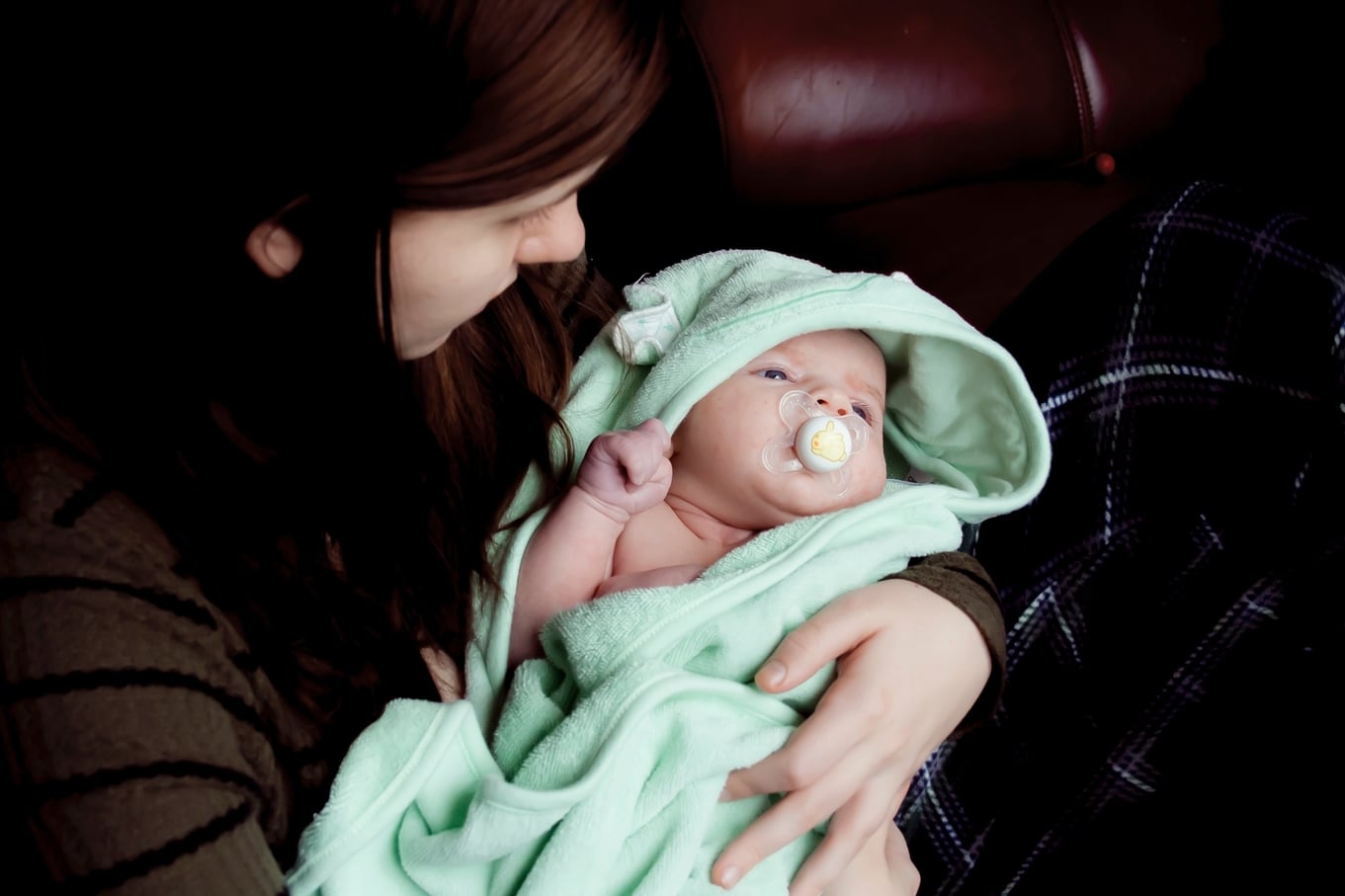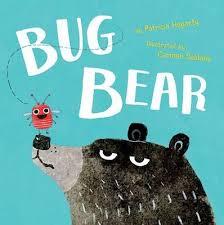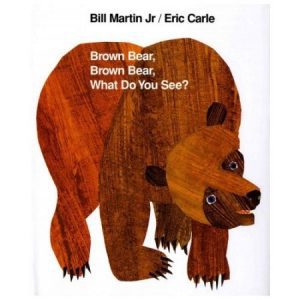The secret to reading with preschoolers is…. make it FUN!
“No kidding” you say.
Yes, really! For years I have witnessed too many loving and well-meaning parents read to their toddlers with a rigid focus on the story.
The truth is, young children learn best by having enjoyable interactions, not by being “taught”. The primary goal when reading books with little ones is to encourage an interest in books by making reading FUN!
Here are my top suggestions to make book reading FUN:
- Choose a time when he is calm or needs to find calm, such as just before nap or bedtime, in a waiting room or after the playground. It’s no fun to sit and read when you’d rather be running around.
- Let her choose the book. It’s okay to make suggestions, but the small act of allowing her to choose secures her interest. She may choose the same book over and over. Go with it. Children learn through repetition.
- Let him hold the book and turn the pages if he wants to. He might not turn them in the “correct” order. That’s okay. Let him do it anyway. The more he can look at what interests him in each moment, the more fun it will be. This also allows him to look through the book at his own pace.
- Read with rhythm and expression. Use your personality to bring the story to life. Enthusiasm is infectious. Stories sound less interesting when read without changes to the pace, volume and pitch. And if your preschooler looses interest, you loose your preschooler to another activity. Mix it up and make it sound interesting.
- Make fun sounds “BOOM, yummy, choo choo, POP, moo!” Not only do sounds make a story more fun, including them may also encourage her to imitate you and take her own turns.
- Turn book reading into a conversation. Talk about the pictures. Pause to share comments and ask questions, such as “The character seems lost, what would you do if you were the character?” Read in a way that encourages more interactions between you and your child. You can even continue to focus on the story after you have finished reading it by talking about what might happen next if the story continued.
First establish a fun relationship with books. The next step is to build your child’s early literacy skills. These are the skills a child needs in order to read or write independently. A strong foundation in early literacy skills sets children up for academic success.
Here are the main things to focus on to support early literacy skills:
- Make personal connections: Establish connections between books and her experiences. Connecting new information to what she already knows makes it meaningful, gives it more “stick” factor in the brain, and encourages her to notice new but familiar concepts in future stories.
- Use a variety of words: Don’t feel limited by the print in the book. Move beyond naming pictures and add in descriptive words, action words, and location words. This builds a larger vocabulary.
- Draw attention to the print: Point out the book title and author’s name; track with your finger to connect the words on the page with the words she hears. Extend this activity by pointing out print on her shirt, on signs and in stores.
- Model critical thinking: Predict what will happen, talk about how the characters may be feeling, and explain why things happen, especially things that are not “written” and may not be obvious. Helping him “read between the lines” strengthens early literacy skills by giving him tools to connect actions, reveal that which is not transparent and better understand books.
Cultivating a love for books in your child is the first step to developing early literacy skills. Read early and read often. Don’t read too fast or too long. Consider the listening skills of your child. Turn reading into an enjoyable activity that stimulates interaction by simply reading WITH your child instead of reading TO your child.























